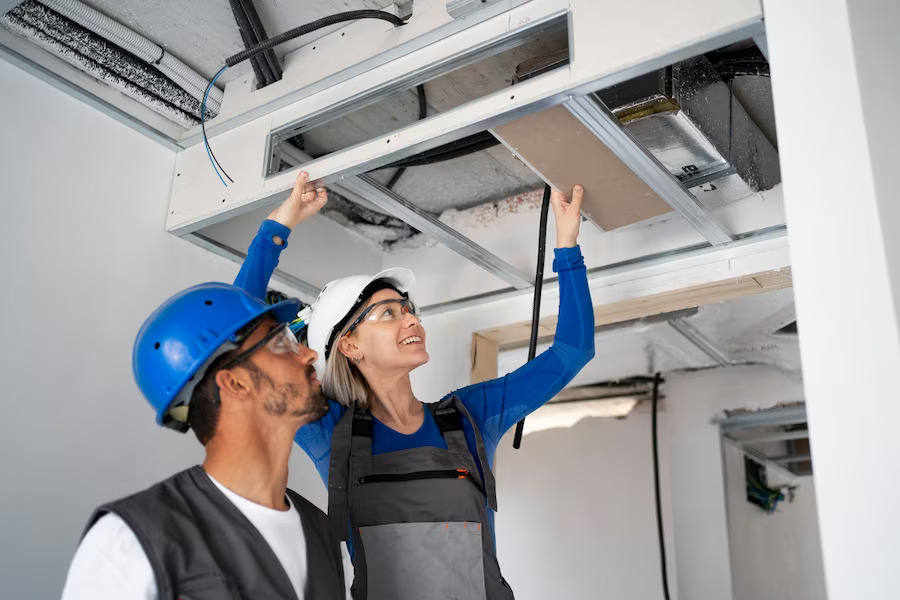Commercial exhaust fans are essential for maintaining a safe and healthy work environment in commercial kitchens. They help to remove smoke, heat, and cooking odors from the kitchen, which can be harmful to the staff and customers. Installing exhaust fan for commercial kitchen is a complex process, and it’s important to get it done right to ensure optimal performance and safety. In this guide, we will discuss the steps involved in commercial exhaust fan installation, troubleshooting common issues, and maintaining the system to ensure longevity.
Steps of Commercial Exhaust Fan Installation

Step 1: Choose the Right Fan
The first step in commercial exhaust fan installation is to choose the right fan for your kitchen. There are different types of exhaust fans available, including wall-mounted, roof-mounted, and inline fans. It’s important to choose a fan from the right dust collector supplier that is the appropriate size for your kitchen and can handle the air that needs to be exhausted.
Step 2: Determine the Location
The next step is to determine the location of the exhaust fan. The fan should be located in a spot that allows for optimal air circulation and airflow. It should also be placed in a location that is accessible for maintenance and repairs.
Step 3: Prepare the Installation Area
Before installing the fan, the installation area should be prepared. This involves cleaning the area and ensuring that there are no obstructions or obstacles in the way. It’s also important to ensure that there is proper electrical wiring in place for the fan.
Step 4: Install the Fan
Once the area is prepared, it’s time to install the fan. The installation process will vary depending on the type of fan being installed. Wall-mounted fans can be installed directly onto the wall, while roof-mounted fans will require a curb and flashing to ensure proper weather sealing.
Step 5: Connect the Ductwork
After the fan is installed, the ductwork needs to be connected. The ductwork should be properly sealed to prevent air leaks, and the exhaust should be vented to the outside of the building. It’s important to ensure that the ductwork is the correct size and is installed at the proper angle to ensure proper airflow.
Step 6: Install the Controls
Finally, the controls for the exhaust fan for commercial kitchen should be installed. This includes a switch to turn the fan on and off and speed control to adjust the fan’s speed. The controls should be easily accessible and should be installed in a location that is convenient for the kitchen staff.
Commercial Exhaust Fan Troubleshooting

After the exhaust fan is installed for commercial kitchen, it’s important to regularly check for any issues and troubleshoot them promptly. Some common issues that may arise include:
- Poor airflow
- Unusual noises
- Vibration
- Electrical issues
- If any of these issues are detected, it’s important to call a professional to fix the problem as soon as possible. Delaying repairs can lead to more serious issues down the line.
Maintaining Your Commercial Exhaust Fan
To ensure optimal performance and longevity of your commercial exhaust fan, regular maintenance is crucial. Here are some maintenance tasks that should be performed regularly:
- Clean the fan blades and housing to remove grease and buildup
- Check the belts and bearings for wear and tear
- Lubricate moving parts to prevent friction
- Check the electrical connections and wiring for any signs of damage
- By performing these tasks regularly, you can extend the lifespan of your commercial exhaust fan and prevent costly repairs down the line.
Conclusion
Commercial exhaust fan installation is a complex process, but by following these steps, you can ensure that your kitchen is properly ventilated and safe for everyone. Regular maintenance and troubleshooting are essential to prevent issues and ensure optimal performance. Investing in a high-quality exhaust fan kitchen commercial and taking care of it will improve its efficiency and life cycle.

